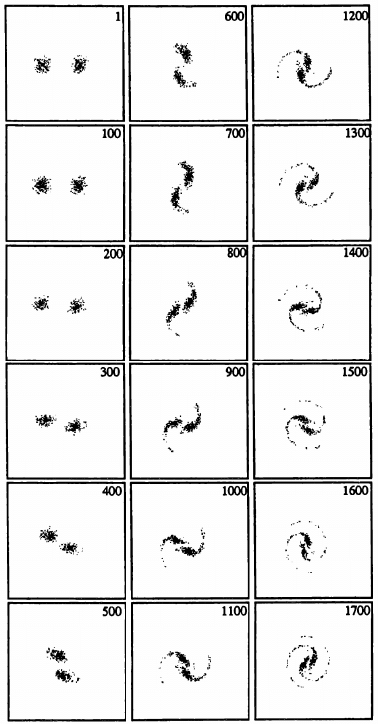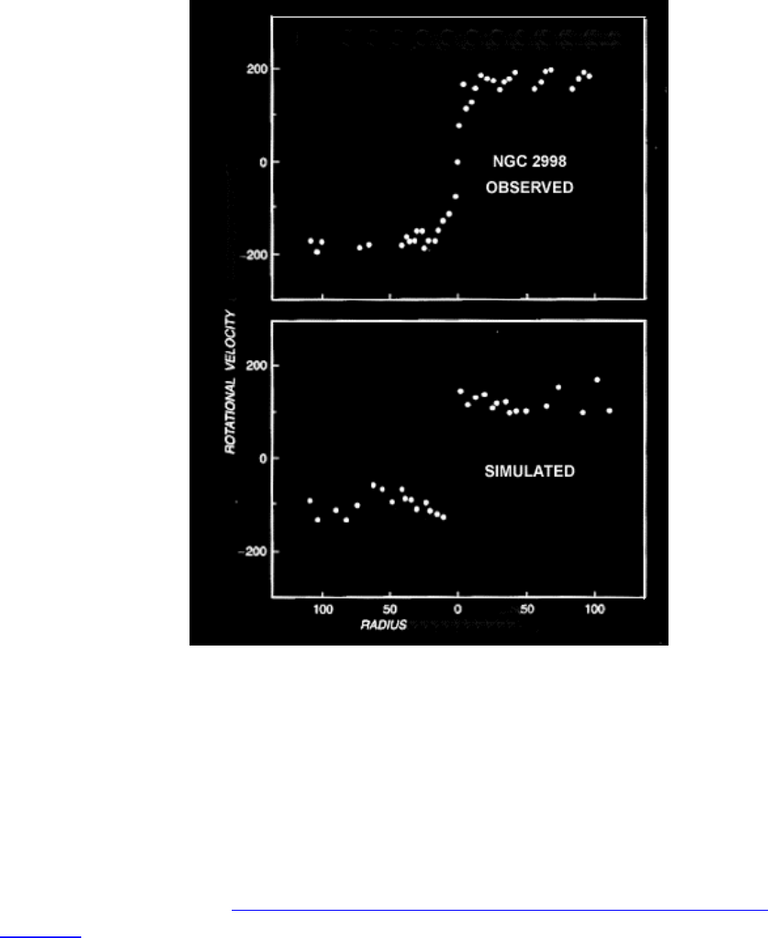Those observations include for instance galaxy rotation curves. The latter show that stars lying very far from galactic centres rotate much faster than what is expected from gravity and the amount of visible matter in the universe. Something may be there, invisible and waiting…
Or perhaps not...
Did you know that computer models of Birekland currents were able to create spiral galaxy formation? Completely without any of the "fancy dark stuff". I find that quite interesting to say the least.

Also, the simulation almost perfectly explained the flat rotation curve "mystery". In the plasma/electric universe it is not a mystery at all as it is the predicted and anticipated feature in galaxy rotation!

If you are intrigued, here is a link to a paper describing this in more detail: